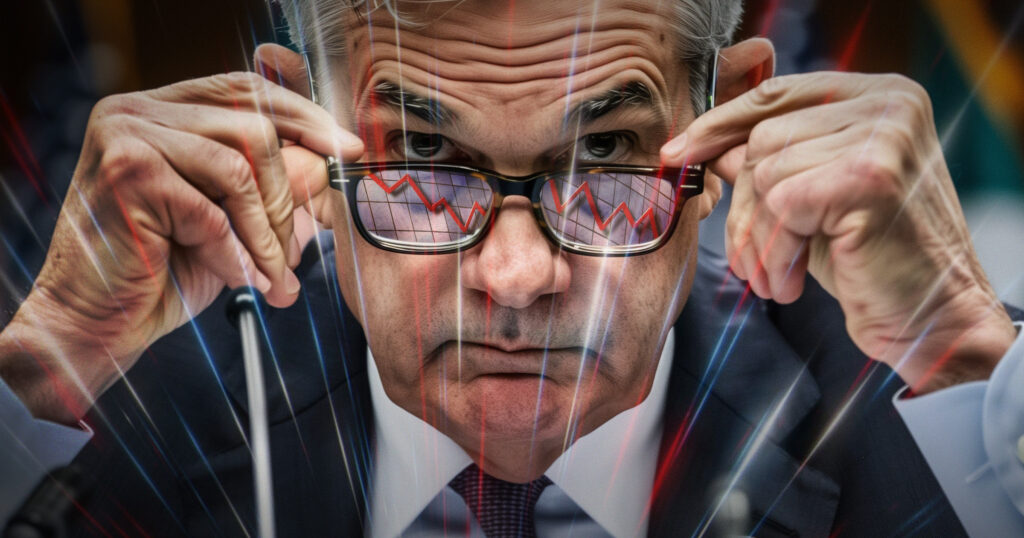
A few days ago in “EXPOSING THE ILLUSION: HOW MODERN ECONOMICS FUELS WEALTH INEQUALITY AND ZOMBIE MARKETS,” I discussed how current economic theories, often used to guide market decisions, are being contradicted by the actual results they produce. Right now, many are puzzled by how the USD, US yields, and the prices of Gold and Silver are all strengthening simultaneously, which goes against popular economic theories.
So, what’s really happening? First, it’s important to understand that Central Banks aren’t the only ones “printing” money. Money is also created within the financial system by banks when they lend the reserves generated by central banks. When the US government increased its debt by $500 billion in a few weeks, as we recently witnessed, and this debt isn’t monetized by the FED as in the past, the responsibility falls on banks to absorb the supply. How do they manage this? By using the reserves they hold, primarily at the FED. As of the last update on September 24, banks held $3.3 trillion in reserves at the FED, and this amount will likely shrink significantly in the next update.
But how are bank reserves created? Reserves are largely created through an increase in deposits on banks’ balance sheets. Normally, banks are required to keep a minimum amount of reserves with the central bank against these deposits. However, since March 26, 2020, the reserve requirement for US banks is… ZERO (FED Reserve Requirements). This means, in theory, that US banks can lend out every single penny of their deposits. In practice, though, capital requirements limit this. For every ~$5 of capital, banks can hold ~$100 of US Treasuries.
Here’s the key: where have banks made most of their profits since 2020? From the FED itself. The FED has paid significant interest on bank reserves, while banks have not proportionally increased the interest paid on deposits (Fed’s high-rates era handed $1tn windfall to US banks).
Putting all of this together, we can see that the FED’s quantitative easing (QE) has never truly stopped. When it did slow, the effect was far greater than the official growth of the FED’s balance sheet indicated. Essentially, the FED keeps injecting capital into the banking system in the form of profits. These profits allow banks to continue absorbing the ever-growing amounts of US debt by using the reserves they accumulate from deposits. These deposits are, in turn, accumulated from money lent out into the system in various forms.
If banks were to properly account for the losses on their Hold To Maturity books, which would offset the excess profits they’ve received from the FED, they wouldn’t be able to continue absorbing this increasing US debt. So, it should come as no surprise that the FED is turning a blind eye to these losses, even though many banks would be insolvent if these were accurately accounted for. After all, banks fail because of liquidity issues, not capital shortages. In theory, banks can remain insolvent indefinitely, as long as enough liquidity is provided. This is exactly what happened recently when the FED’s standing repo facility, which is supposed to be used only for emergency liquidity needs, was activated (IF “EVERYTHING IS AWESOME” WHY THERE IS AT LEAST ONE LARGE BANK THAT COULDN’T FIND LIQUIDITY IN THE OPEN MARKET AND NEEDED IT FROM THE FED?).
At this point, we can all agree that even though the FED isn’t officially running QE right now, they are indirectly doing so by allowing banks to do the “dirty work” on their behalf. This enables the US government’s debt to be monetized. Over the past few weeks, ~$500 billion in USD has been effectively “printed” into existence by banks and quickly began flooding the market. This has affected everything from stocks (hitting new all-time highs) to gold and silver (since many prefer these assets to hold devaluing fiat currency or overvalued stocks in order to preserve future purchasing power). Not surprisingly, yields are now rising again, as this newly injected money will create monetary inflation. The US will need to issue more and more debt to repay maturing obligations plus interest. This explains why the amount of interest paid by the US government is skyrocketing, even though yields are lower now than a few months ago.
In conclusion, we are witnessing a clear monetary inflation spiral, which will continue to grow in a feedback loop unless something intervenes to stop it. So far, none of the stakeholders involved seem interested in doing so. Will anything change if Trump wins the election in two weeks? Certainly not until January. After that, a US debt crisis could emerge, forcing banks to recognize the massive losses on their books and triggering one of the many “mines” laid by the current administration, just in case they lose power (HOW THE BIDEN ADMINISTRATION SET UP MINE FIELDS ALL OVER THE US ECONOMY TO UNDERMINE THE FUTURE GOVERNMENT IN CASE THEY LOSE ELECTIONS).
JustDario on X | JustDario on Instagram
